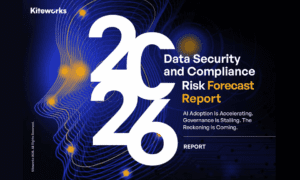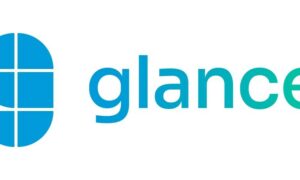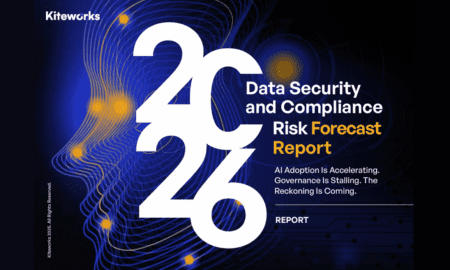Introduction to SASSA Older Persons Grant
The South African Social Security Agency (SASSA) provides financial assistance to elderly citizens through the Older Persons Grant. For many, this monthly grant is a lifeline that covers essential living expenses like food, medication, and transport. Knowing how to perform a SASSA Older Persons Grant STATUS CHECK METHOD is crucial to ensure beneficiaries receive their payments on time.
What is the SASSA Older Persons Grant?
The Older Persons Grant is a monthly payment made by the government to South African citizens and permanent residents over the age of 60. It’s designed to support those who are no longer working and do not have sufficient income or assets to sustain themselves.
Importance of Status Checking for Beneficiaries
Performing a status check helps beneficiaries track the progress of their application, confirm payment dates, and identify any issues such as declined or pending applications. This ensures there are no delays in receiving much-needed funds.
Eligibility Criteria for the Older Persons Grant
Age and Citizenship Requirements
- Applicants must be 60 years or older.
- Must be a South African citizen, permanent resident, or refugee.
Income and Asset Means Test
- Single applicants must not earn more than a set annual income.
- Married applicants’ combined income is assessed.
Exclusions and Disqualifications
You cannot receive the grant if:
- You are receiving another social grant.
- You are being cared for in a state institution.
- You earn above the allowed means test threshold.
Different STATUS CHECK METHODS for the SASSA Older Persons Grant
Method 1: Online Status Check via SASSA Website
Beneficiaries can visit the official SASSA SRD website to track their application or payment status.
Method 2: Checking Grant Status via USSD / SMS
By dialing a specific USSD code or sending an SMS, applicants can quickly verify their grant status using their ID number.
Method 3: Using the SASSA WhatsApp Number
SASSA provides a dedicated WhatsApp number where applicants can interact with an automated system to check their grant updates.
Method 4: Visiting the Nearest SASSA Office
For those who prefer in-person assistance, visiting a local SASSA office is always an option. Ensure you bring your ID and application reference number.
Step-by-Step Guide to Each Status Check Method
How to Check Status Online (with Screenshots Explanation)
- Go to the official SASSA website.
- Click on “Check Status.”
- Enter your ID number and cellphone number.
- View your application progress.
How to Check via SMS/USSD Codes
- Dial the provided USSD code on your phone.
- Enter your ID when prompted.
- Receive your grant status instantly.
WhatsApp Support Walkthrough
- Save the official SASSA WhatsApp number.
- Send the word “Status.”
- Follow the instructions to get your results.
Office Visit Requirements & What to Bring
- South African ID.
- Proof of application (if available).
- Any correspondence received from SASSA.
Common Issues and Troubleshooting
“Pending” Status Explained
If your status shows as pending, it means your application is still under review. This process can take several weeks.
What to Do if Your Application is Declined
If declined, you’ll receive a reason, such as exceeding the means test or missing documents.
How to Appeal a Rejected Application
Applicants can lodge an appeal within 90 days on the SASSA website or at an office.
Payment Dates and Collection Process
Monthly Payment Schedule
Payments are usually made from the 1st of each month, but schedules may vary.
Banking vs. Post Office Collection
Beneficiaries can choose to receive funds via their bank account or collect them at the Post Office.
Updating Bank Details
To change your banking details, submit the request on the official SASSA portal with proof of bank ownership.
Frequently Asked Questions (FAQs)
- How long does it take for a SASSA Older Persons Grant application to be approved?
Approval can take up to three months, depending on the backlog. - Can I check my SASSA grant status without internet access?
Yes, you can use the USSD/SMS method. - What does “pending” mean when checking my status?
It means your application is still under review. - Can I appeal if my application is rejected?
Yes, appeals can be filed within 90 days of rejection. - Do I need to check my grant status every month?
No, but it’s recommended to check before the payment date. - Can I nominate someone to collect my grant on my behalf?
Yes, but you’ll need to register a procurator with SASSA.
Conclusion & Key Takeaways
The SASSA Older Persons Grant STATUS CHECK METHOD ensures that elderly citizens can monitor their grant applications and payments without unnecessary stress. With multiple ways online, SMS, WhatsApp, or in-person SASSA makes it simple for beneficiaries to stay updated. Regularly checking your status helps prevent delays, ensures timely payments, and provides peace of mind.



































